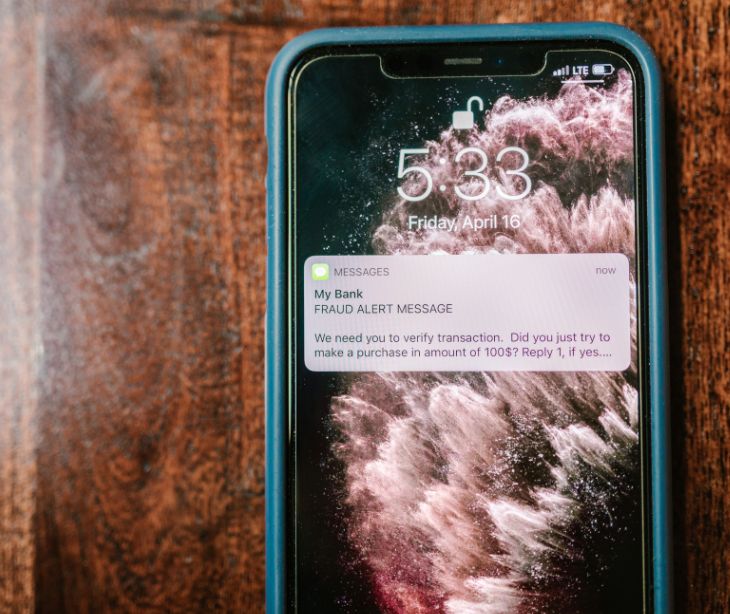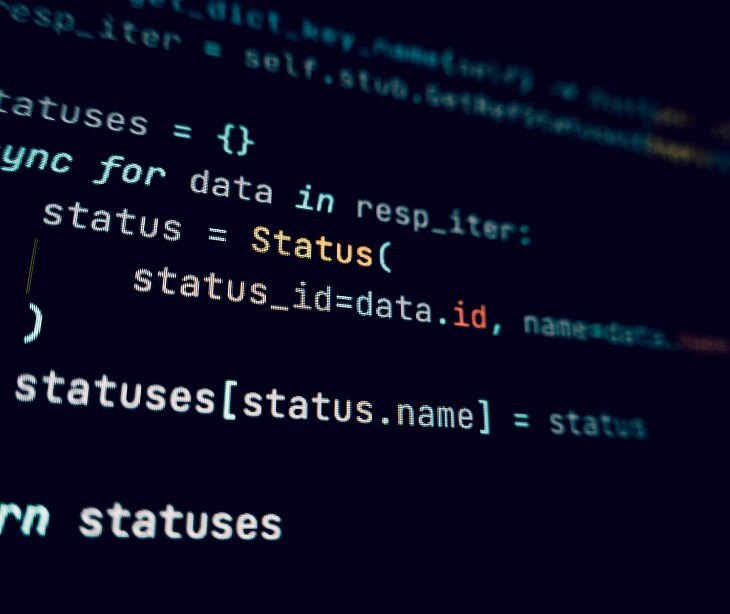
Machine-to-Machine (M2M) text messaging in emergencies facilitates real-time health monitoring and rapid response, by automatically transmitting patient data to healthcare providers, enabling immediate medical intervention. This improves the efficiency of emergency services, ensuring timely care and potentially saving lives in situations.
What is M2M text messaging?
Machine-to-Machine (M2M) text messaging is automated communication between connected devices without human intervention. In this process, machines send and receive messages to coordinate operations, share data, and execute commands, facilitating a network of intelligent, interconnected devices. This technology enables devices to exchange information in real-time, making it necessary for the operation of applications in the Industrial Internet of Things (IIoT), where it enhances efficiency, productivity, and automation.
By leveraging M2M text messaging, devices across various sectors, including manufacturing, healthcare, and agriculture, can autonomously monitor environmental conditions, optimize production processes, and manage resources. This autonomous communication framework is foundational to creating smart, responsive systems that adapt and make decisions based on the data they exchange.
See also: What is machine learning?
Why healthcare organizations should use M2M text messaging in emergencies
A Sensors (Basel) study examined the use of collaborative based M2M communications. Its uses extend to emergencies, where M2M technology can ensure timely medical interventions and improve patient outcomes. Here's why M2M is a perfect fit for emergency communication:
- Real-time data transmission: M2M allows for the continuous collection and instant transmission of data. In emergencies, this means that vital information, such as location coordinates, health indicators, or environmental conditions, can be shared in real-time with first responders and medical teams, enabling them to act swiftly and accurately.
- Automation and promptness: Since M2M operates without the need for human intervention, it ensures that alerts and responses are triggered automatically upon detecting specific conditions. This automation reduces response times, which can be necessary for saving lives or mitigating disaster impacts.
- Reliability and redundancy: M2M systems can be designed with high levels of reliability and redundancy, ensuring continuous operation even in adverse conditions. This resilience is beneficial in emergency situations, where traditional communication infrastructures might fail or become overloaded.
- Scalability and flexibility: M2M technology can easily scale to cover large geographical areas and adapt to various emergency scenarios, from individual medical alerts to widespread natural disasters. This scalability ensures that emergency communication networks can expand or contract as required, providing targeted or wide-area coverage as needed.
- Interoperability: With standardized protocols, M2M systems can interconnect devices across different manufacturers and networks, facilitating a cohesive emergency response among disparate systems and organizations. This interoperability is key for coordinating efforts among emergency services, healthcare providers, and disaster relief agencies.
- Enhanced situational awareness: By aggregating data from multiple sources, M2M technology can provide a comprehensive view of the emergency situation. This enhanced situational awareness aids in making informed decisions, optimizing resource allocation, and tracking the progress of emergency response efforts.
- Remote monitoring and control: M2M enables the remote monitoring and control of infrastructure and devices. In emergencies, this capability allows for the remote operation of equipment (such as shutting off gas lines to prevent explosions) or monitoring the status of vulnerable populations without putting more lives at risk.
See also: The guide to HIPAA compliant text messaging
How to implement M2M text messaging in a healthcare setting
- Assessment of needs: Begin by assessing the specific needs of the healthcare facility, including patient monitoring, asset tracking, medication management, and emergency alerts. Identifying these needs helps in determining the scope of the M2M integration.
- Device selection and deployment: Choose medical devices and sensors equipped with M2M capabilities, tailored to the identified needs. This could include wearable health monitors for patients, RFID tags for equipment tracking, and smart dispensers for medication management. Ensure these devices are deployed strategically across the facility to cover all areas.
- Network infrastructure setup: Establish a robust wireless network infrastructure that supports the seamless transmission of data between M2M devices. This network should ensure reliable connectivity, high bandwidth, and low latency to facilitate real-time communication.
- Integration with healthcare systems: Integrate M2M devices with existing healthcare IT systems, such as Electronic Health Records (EHRs) and Hospital Management Systems (HMS). This integration allows for the automated updating of patient records with real-time data from M2M devices and enables healthcare professionals to access this information easily.
- Setting up communication protocols: Define and implement communication protocols that dictate how devices communicate with each other and with the healthcare system. This includes establishing formats for messages, protocols for emergency alerts, and rules for data privacy and security compliance.
- Development of response protocols: Develop protocols that outline how the healthcare facility should respond to the data and alerts generated by M2M devices. This includes automated alerts to medical staff in case of patient emergencies, automated adjustments to treatment plans based on real-time data, and maintenance alerts for medical equipment.
- Training and education: Provide training for healthcare professionals and technical staff on how to use and maintain the M2M system. This includes understanding the data provided by devices, responding to alerts, and troubleshooting common issues.
- Testing and optimization: Before full-scale implementation, conduct thorough testing of the M2M system to ensure it works as intended. After deployment, continuously monitor the system's performance and make necessary adjustments to optimize its effectiveness.
See also: How IoT's be integrated into text messaging
FAQs
Can M2M text messaging be used for monitoring chronic conditions?
Yes, M2M text messaging is particularly effective in monitoring chronic conditions, as it can automatically alert healthcare providers to potential emergencies or changes in a patient's condition, allowing for prompt attention and action.
What types of devices are typically involved in M2M text messaging for emergencies?
Devices commonly used include wearable health monitors, implanted medical devices, and home health devices like blood pressure monitors and glucose meters, all of which can send automated alerts and health data.
Can M2M text messaging systems be integrated with existing healthcare IT systems?
Yes, M2M text messaging systems are designed to be interoperable with existing healthcare IT systems, including Electronic Health Records (EHRs) and Hospital Management Systems (HMS), for seamless data flow and integration.
Subscribe to Paubox Weekly
Every Friday we'll bring you the most important news from Paubox. Our aim is to make you smarter, faster.


